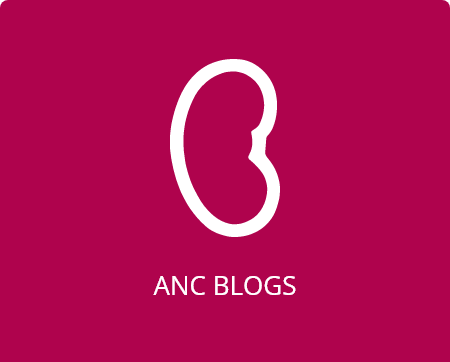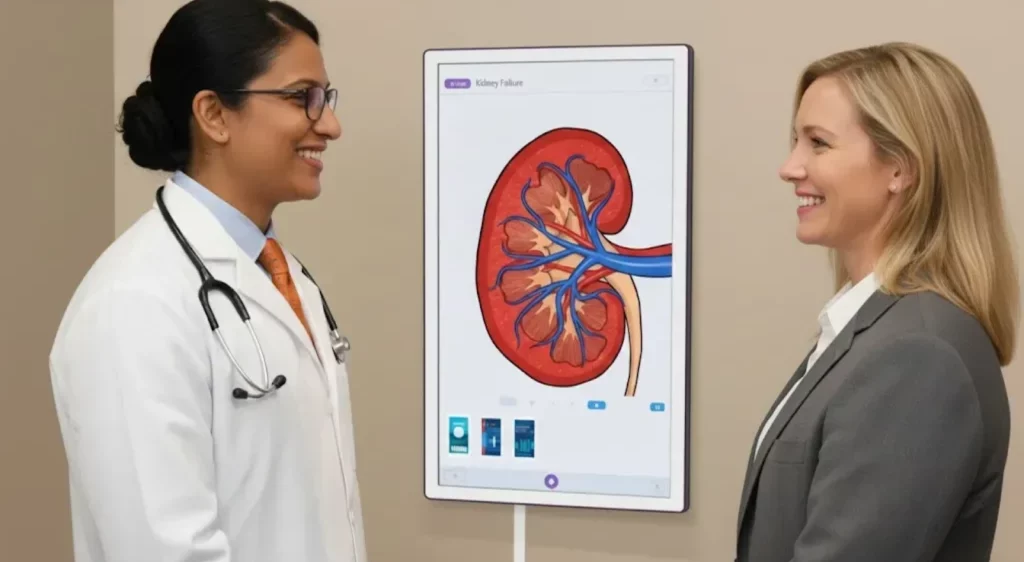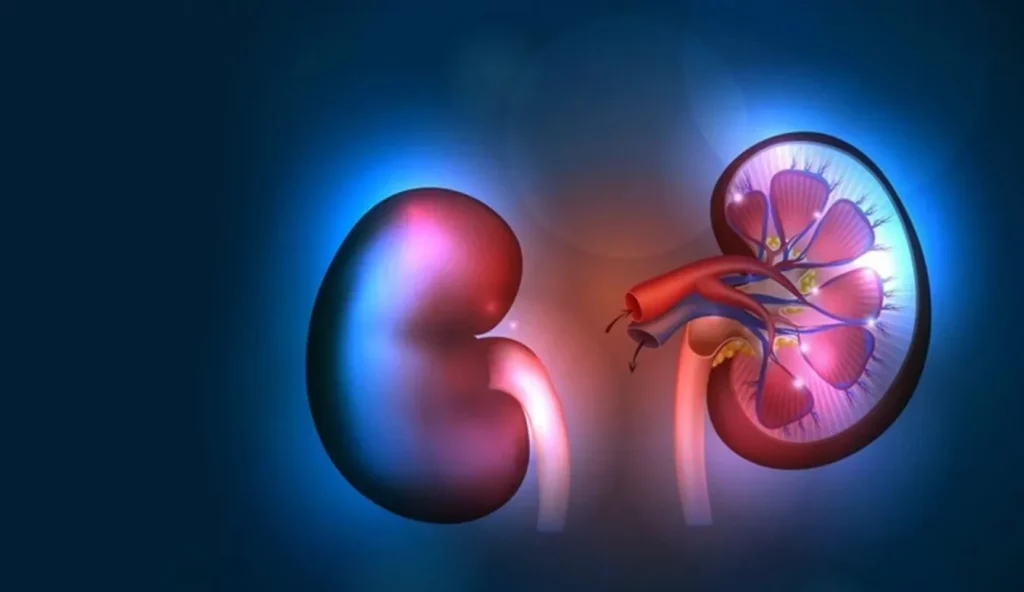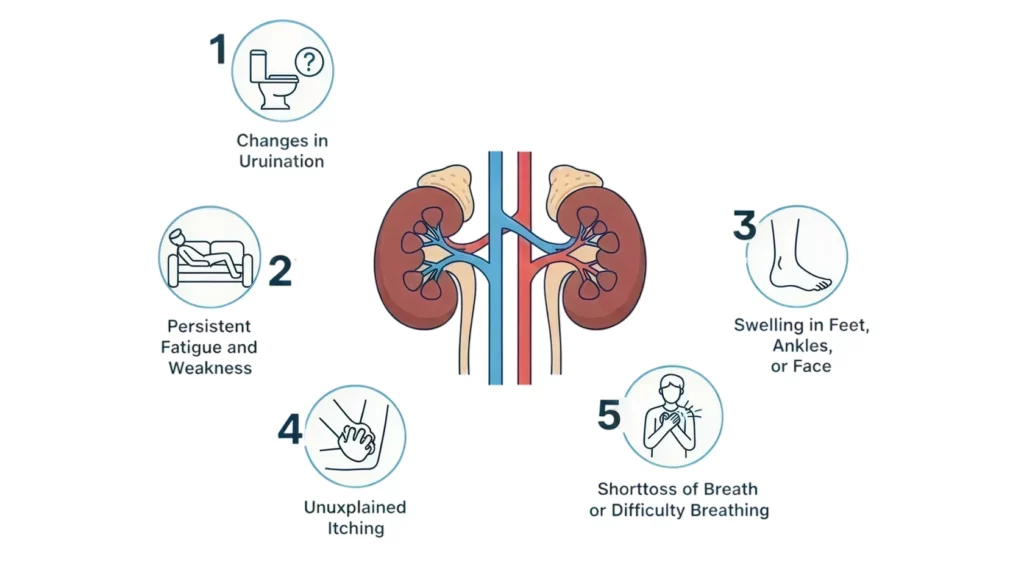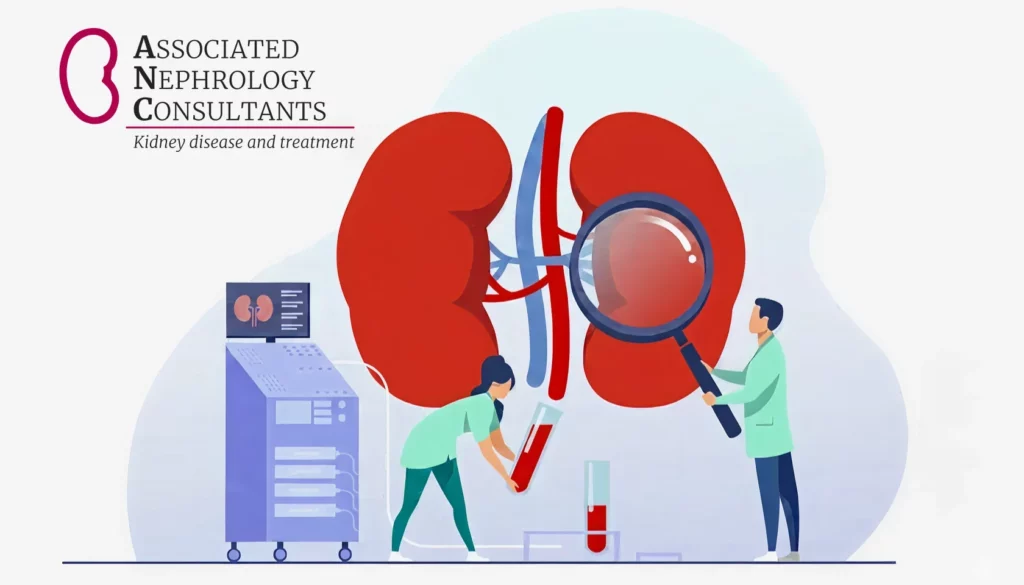Did you know that it is Donate Life Month? During April, communities around the U.S. take time to raise awareness about the importance of organ donation and encourage individuals to consider becoming donors. With thousands of people waiting for a life-saving kidney, it comes as no surprise that kidney transplantation is one of the most critical areas in nephrology. To provide insight into the process of getting on the kidney transplant waiting list, we sat down with Dr. Yang to learn more!
Getting on the Kidney Transplant Waiting List
The journey to being placed on a kidney transplant waiting list typically begins with your nephrologist. If you’re diagnosed with end-stage kidney disease (ESKD) or have been on dialysis, your doctor will assess whether you qualify for a transplant. Other considerations may include your glomerular filtration rate (GFR). For instance, if your GFR is less than 20%, it may be time to consider a transplant. But the process of getting qualified extends beyond your provider. Once a need has been identified, your doctor will refer you to a transplant center, such as the University of Minnesota or the Mayo Clinic, where a specialized team of healthcare professionals will assess your overall health.
This team includes a social worker, financial advisor, and nephrologist, among others, who will evaluate your suitability for the procedure. During this evaluation process, several critical steps are taken to identify any underlying issues that could reduce the chances of a successful transplant. Since kidney transplant surgery is a major abdominal procedure and requires lifelong immunosuppressant medication, the goal of testing is to ensure that a patient is healthy enough to thrive post-op with their new kidney!
How Long Will the Wait Be?
Though wait times may vary, the average wait time for a kidney transplant is between 3 to 7 years, with factors such as blood type, sensitization, and whether you’re on dialysis impacting your odds. For example, Dr. Yang notes that patients with rare blood types tend to have shorter wait times, while individuals who have been previously sensitized due to blood transfusions or failed transplants may face longer waits.
While the demand for kidneys far exceeds the supply, there are ways to shorten this wait. One option is a living donor transplant. This is a form of donation where a healthy person donates one of their kidneys to someone in need. Not only does this increase the organ pool, but it also provides the recipient with a higher-quality kidney, as living donations typically result in better outcomes.
Living Donations
When discussing the nuances of living donation, Dr. Yang notes that the ethics of living donation are rooted in genuine empathy and care for the recipient. In becoming a potential living donor, individuals must be in optimal health to ensure both their well-being and the success of the transplant. One way we see living donation play out is through kidney chain programs, where an individual who isn’t a match for their loved one can donate their kidney to someone else in need, thus starting a chain of donations that can help multiple patients.
The Future of Kidney Transplants
Though there is still a deep need for donations, several budding advancements are facing the world of kidney transplantation! Recently, research into xenotransplantation – the process of grafting or transplanting organs or tissues between members of different species – has been advancing, offering hope for reduced wait times for patients in the future. Until then, increasing living donations and expanding kidney exchange programs are the most direct ways we can help patients receive the life-saving treatment they need.
As we kick off Donate Life Month, we encourage those who are eligible and interested to consider becoming a living kidney donor. Not only does it save a life, but it also provides an incredible sense of fulfillment knowing you’ve made a lasting impact on someone’s future. To learn more about transplants, becoming a living donor, or exploring other kidney health resources, feel free to consult our website or talk to our team here at ANC!
